What is a Front Loader?
A front loader is a type of heavy machinery or household appliance designed for specific tasks. In construction and agriculture, it refers to a piece of equipment with a wide bucket mounted on the front, used for loading and transporting materials. In home appliances, it describes a washing machine where clothes are loaded from the front.
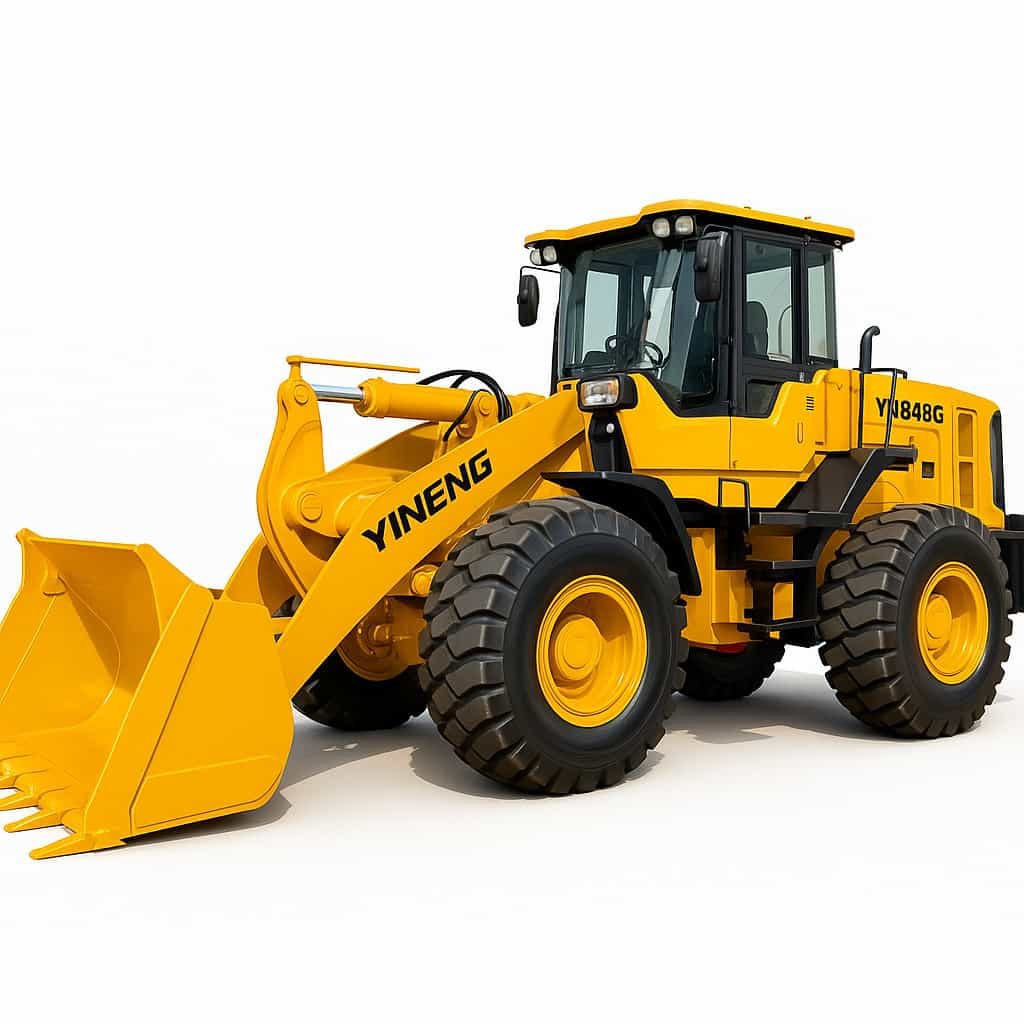
Types of Front Loaders
- Construction Front Loader:
- Used for moving materials like soil, gravel, or debris.
- Operated through hydraulic systems for lifting and dumping.
- Commonly seen on construction sites.
- Household Front Loader:
- Refers to front-loading washing machines.
- Efficient in water and energy usage.
- Has a horizontal drum for better wash performance.
Key Features
- Versatility: Can handle various materials and loads.
- Efficiency: Designed for optimal performance in their respective fields.
- Ease of Use: User-friendly controls and loading mechanisms.
By understanding these types and features, one can better comprehend the role and functionality of front loaders in different environments.
What are the downsides of front loaders?
Front loaders in construction have several downsides, including high initial cost, limited maneuverability in tight spaces, and increased maintenance requirements.
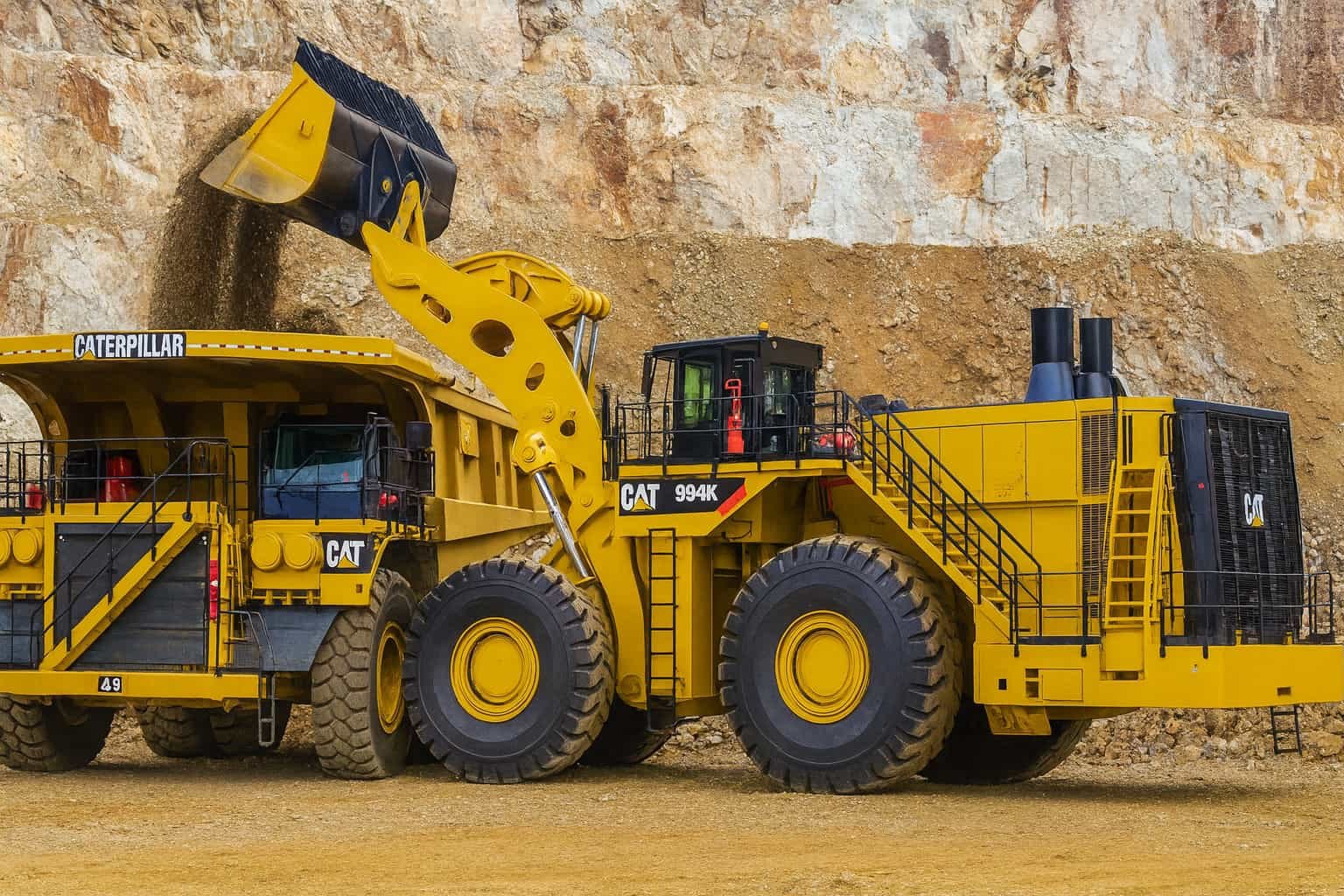
High Initial Cost
Front loaders are expensive machines, often requiring significant upfront investment. This can be a barrier for smaller construction firms.
Limited Maneuverability
Due to their size and design, front loaders may struggle in confined or urban construction sites. Their turning radius is generally large, making them less versatile in tight spaces.
Increased Maintenance
Front loaders have complex mechanical systems that demand regular maintenance. Issues such as hydraulic fluid leaks, engine wear, and tire damage can incur additional operational costs.
Operator Skill Requirement
Operating a front loader efficiently requires skilled personnel. Inadequate training can lead to operational inefficiencies and safety risks.
Environmental Impact
These machines consume large amounts of fuel, contributing to higher emissions and environmental degradation. This makes them less sustainable compared to electric or hybrid alternatives.
What’s the difference between a front loader and a bulldozer?
A front loader is primarily used for scooping and moving materials, while a bulldozer is designed for pushing and leveling surfaces. Both machines serve different purposes in construction.
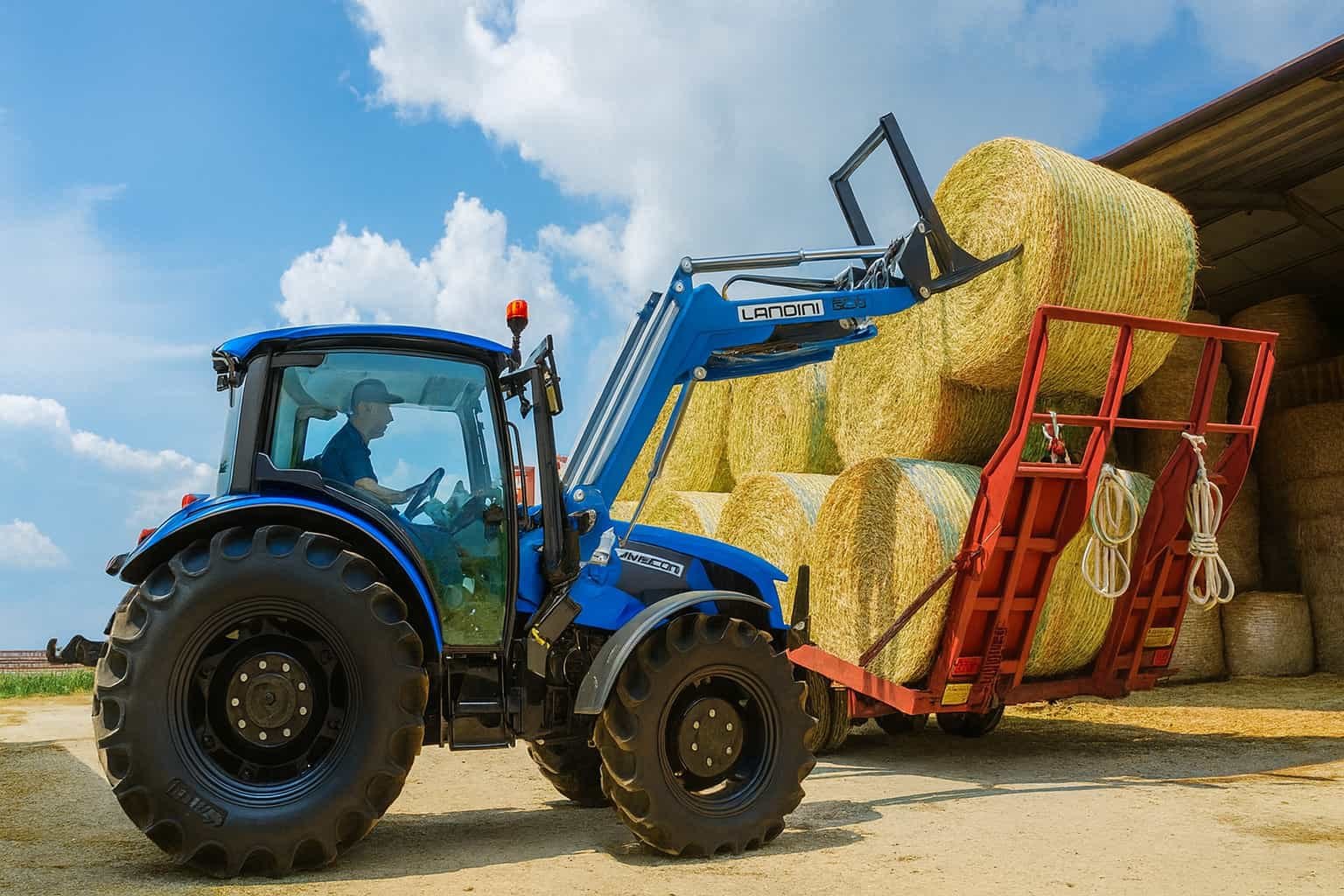
Front Loader
- Function: Scooping, lifting, and moving materials.
- Design: Equipped with a large bucket at the front.
- Usage: Loading trucks, clearing debris, and material transport.
Bulldozer
- Function: Pushing and leveling earth and debris.
- Design: Fitted with a large, flat blade in front.
- Usage: Grading land, clearing obstacles, and heavy pushing tasks.
Summary
Front loaders excel in material handling and transport, whereas bulldozers are ideal for heavy-duty earthmoving and grading tasks. Each machine’s design optimizes it for its specific role in construction projects.
How to Use a Front Loader?
To use a front loader in construction, start by familiarizing yourself with the controls, ensuring safety measures, and following a systematic loading and unloading process. Always prioritize operator training and equipment maintenance.
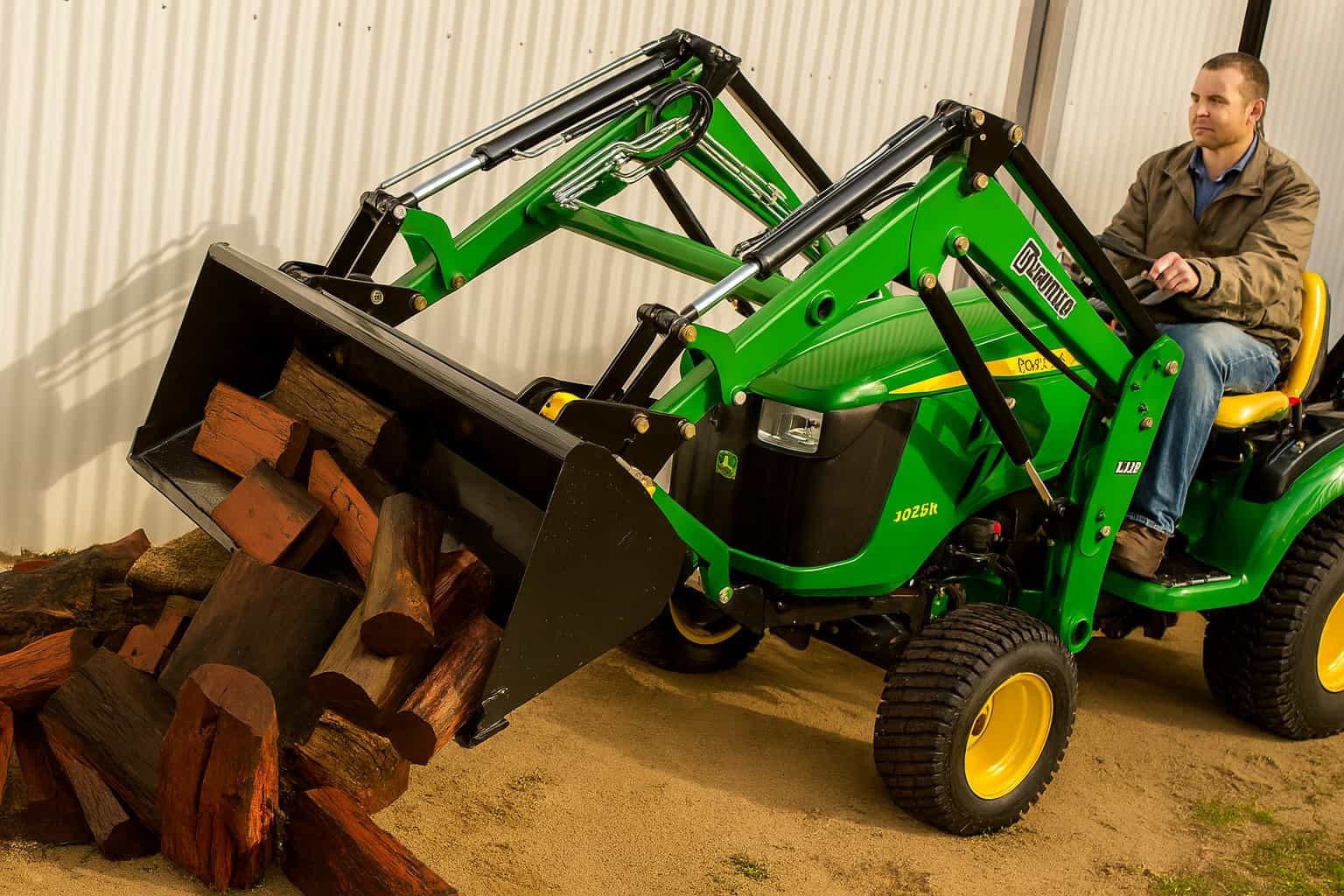
Steps to Operate a Front Loader:
- Pre-Operation Check:
- Inspect the machine for any damage.
- Verify fluid levels: fuel, hydraulic fluid, and engine oil.
- Safety Measures:
- Wear appropriate safety gear.
- Ensure the area is clear of obstacles and personnel.
- Starting the Loader:
- Enter the cab and fasten the seatbelt.
- Start the engine and let it warm up.
- Operating Controls:
- Use the joystick or levers to control the bucket and arms.
- Practice smooth and controlled movements to avoid spillage or accidents.
- Loading Material:
- Approach the material pile slowly.
- Lower the bucket, drive forward, and lift the bucket to scoop the material.
- Transporting and Unloading:
- Carry the load close to the ground for stability.
- Position the loader at the desired location and gently lower the bucket to unload.
Maintenance Tips:
- Regularly check tire pressure and condition.
- Lubricate moving parts as per the manufacturer’s guidelines.
- Schedule periodic professional inspections to ensure optimal performance.
What is the difference between a front loader and a rear loader?
The primary difference between a front loader and a rear loader is the location of the loading mechanism. Front loaders have the loading mechanism at the front, while rear loaders have it at the back.
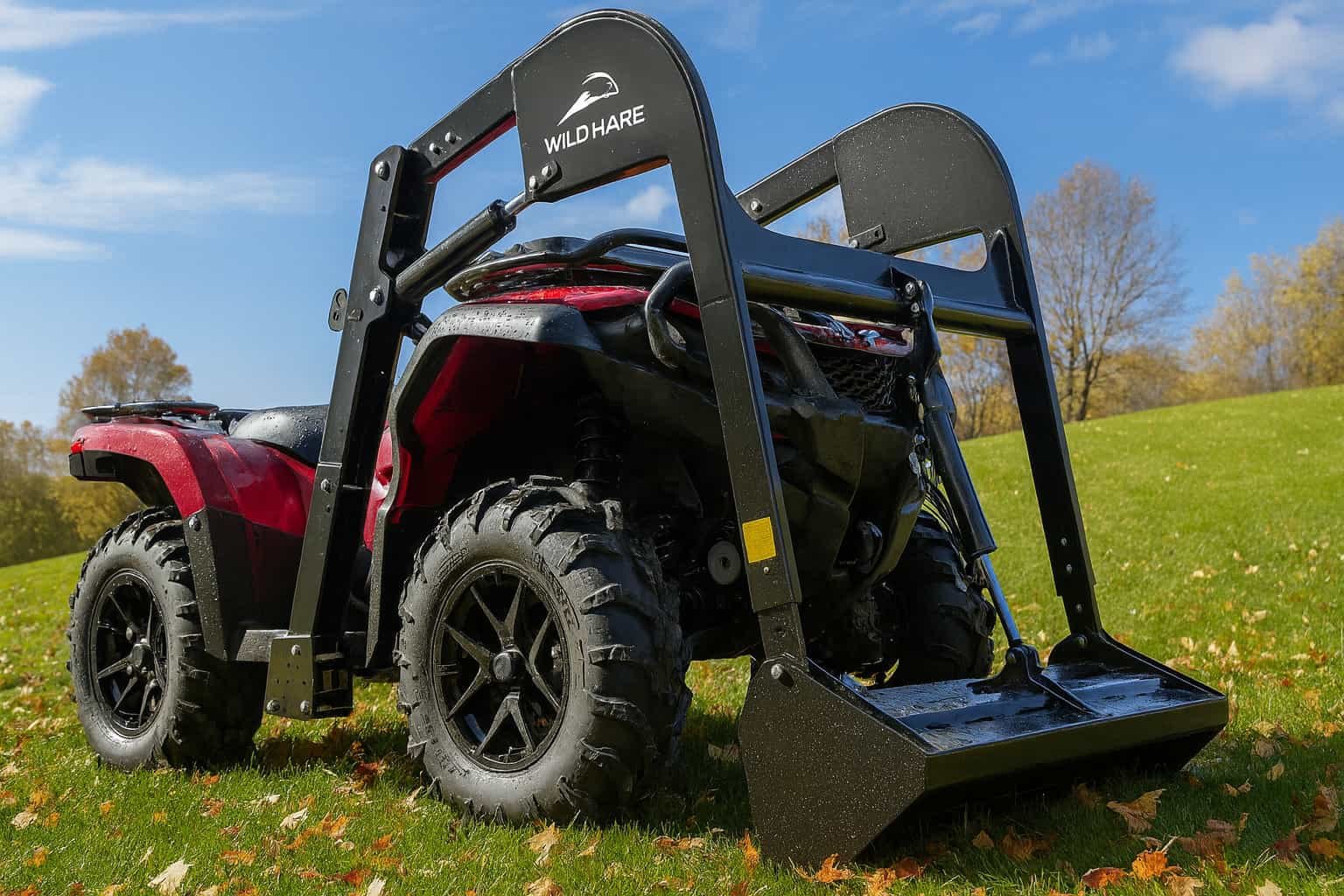
Front Loader
- Loading Mechanism: Located at the front.
- Efficiency: Often more efficient for large-scale operations.
- User Interaction: Requires operators to load from the front, which may involve more bending.
- Usage: Common in commercial and industrial settings.
Rear Loader
- Loading Mechanism: Located at the back.
- Efficiency: Suitable for smaller-scale operations.
- User Interaction: Easier for curbside collection as operators load from the rear.
- Usage: Frequently used in residential waste collection.
In summary, the choice between a front loader and a rear loader depends on the specific operational needs and efficiency requirements of the task.

